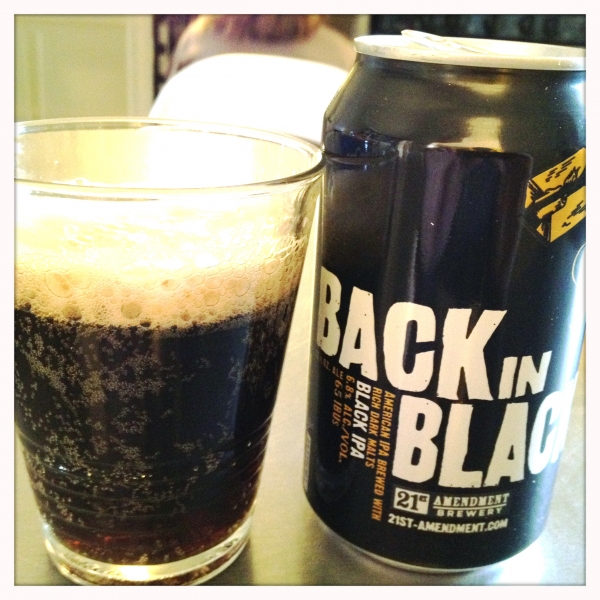
Can Beer Please
Now that more craft breweries are canning, the bennifits of canned beer vs. bottled are finally starting to trickle into public awareness. Many of the articles I’ve read on the subject, however, seem to pride themselves on outlining “just some of the benifits.”
This is an insult to the cause. Bottles are bad for beer and bad for our planet. It’s time for a comprehensive list of why bottles should go away completely and cans should be the default packaging vessel for beer.
A more comprehensive list
- Kegs aren’t made of glass. All beer you drink on tap comes from a can, and you like it.
- Beer from a can tastes fresher. Light can’t get in to spoil it. Glass is a poor way to block light. That’s why they make windows out if it.
- Beer from a can tastes better. Oxygen can’t get in to spoil it because metal fuses together to form an air-tight seal. A bottle requires a plastic gasket glued to a piece of steel which is much more prone to leaking.
- Cans are 100% recyclable and are conveniently made out of a single type of material. Bottles are made of glass, but bottle caps are made of steel and plastic. If the small caps make it to the recycler and aren’t sifted from the other metal objects into the trash, the plastic is burned off into the atmosphere when the metal is melted down1. Some recycling services don’t accept bottle caps.
- Glass bottles are substantially heavier than aluminum cans. An average 355 ml. glass bottle weighs 200 grams. The same size can weighs 14 grams. Beer containers need to be shipped from the facility where they are manufactured, to the facility to where they are filled, to the facility where they are sold, to the facility where they are consumed, to the facility where they are recycled, and potentially to many places in between. The heavier something is, the more fuel required to transport it. Shipping cans saves money and puts less CO2 in the atmosphere.
- In practice, aluminum cans are recycled far more often than bottles and the turnaround time on the recycling is much faster — as little as 60 days.
- Cans are more resistant to damage. Their contents are more likely to arrive at the place to which they are being transported than the contents of a bottle. This saves money and reduces the chances of injury.
- Cans can go places where glass is forbidden, like airplanes, swimming pools, beaches, and stadiums.
- Cans look better. Compare 650 ml beer bottle labels to 355 ml. can design. In practice, breweries seem to make more use of professional graphic artists to design their packaging. I don’t know why this is the case, but it is. As a graphic designer myself, I like seeing more design jobs injected into the economy.
Put your money where your can hole is
Based on product integrity and fuel savings alone, it is irresponsible for breweries to continue to ship their products in bottles. Perhaps it’s time we communicate this to them with our dollars. A comprehensive list of brewries that can there beer can be found at craftcans.com.
This page will be updated as I compile new information on the subject.
- I am looking for data to compare the amount of pollution introduced by manufacturing and recycling bottles and cans.↩